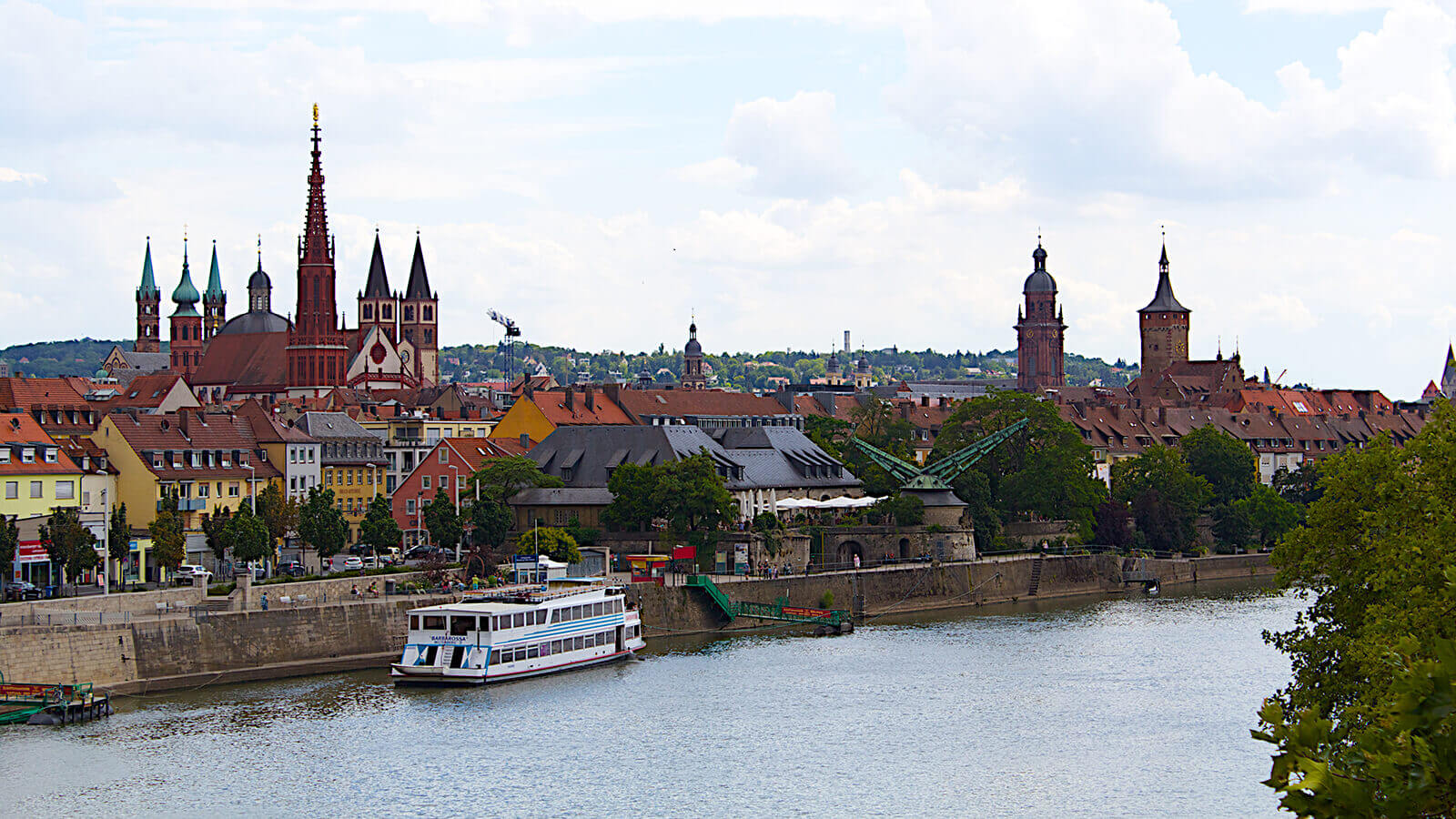We would have been reluctant to leave our castle abode in Jagsthausen except we had glimpsed what’s ahead. Our ride took us north through the German countryside, through more pine forests and quaint villages, and towards the impressive town of Würzburg — where Napoleon himself stayed over 200 years ago!
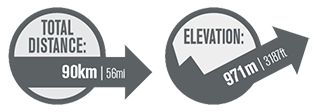
Jagsthausen to Würzburg
DAY #10 of 35 Germany 528 miles total
Today we crossed through Main-Tauber – a gorgeous region famed for delightful towns, wine villages, castles, forts and monasteries. Cycling through this stunning scenery was as breathtaking as it was distracting. It was surprisingly hard to choose pedals over photos; we constantly wanted to stop and soak up our surroundings. But the tantalizing town of Würzburg (and lunch there) beckoned from just a little further up the road and that kept us going.
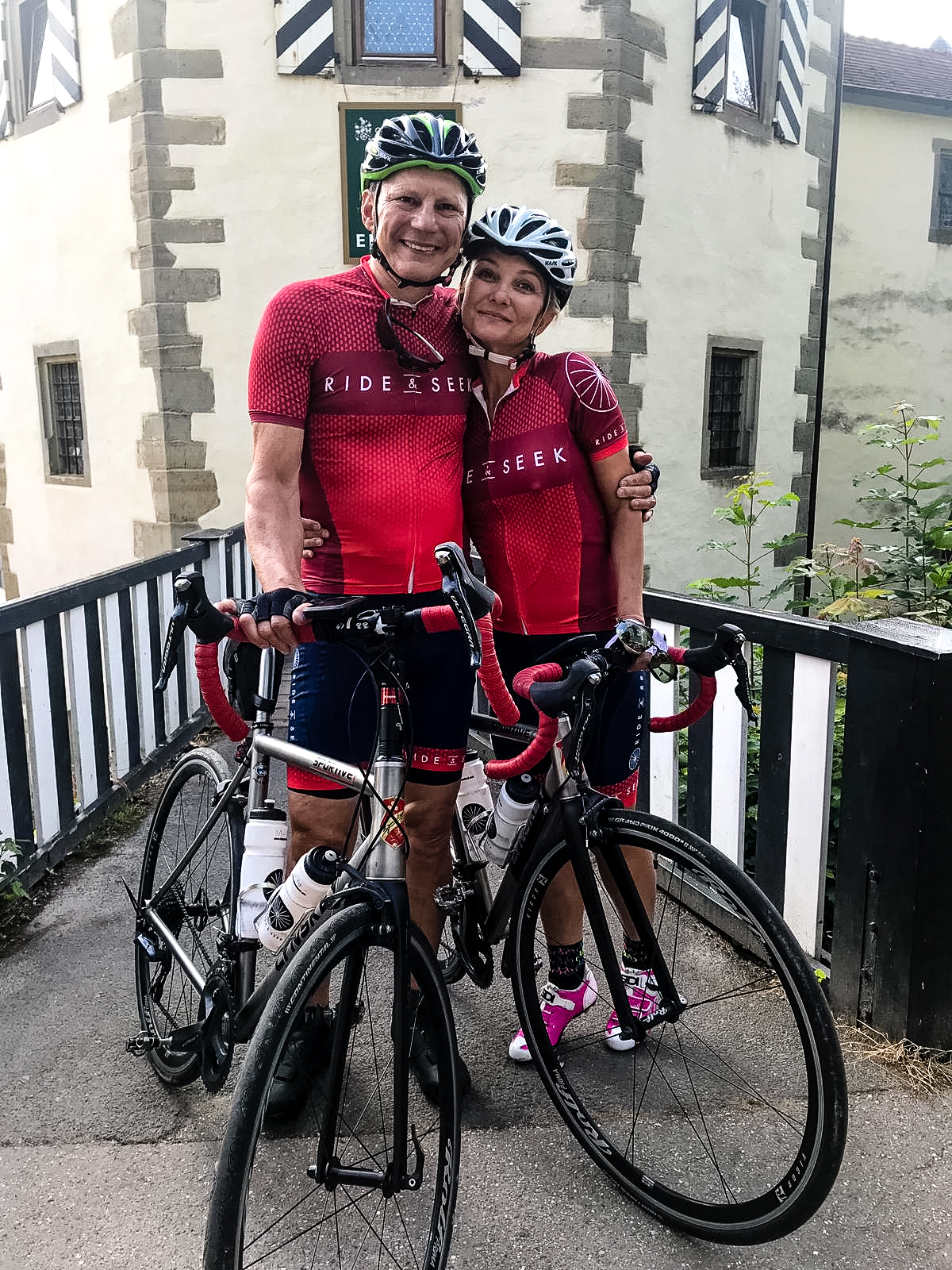
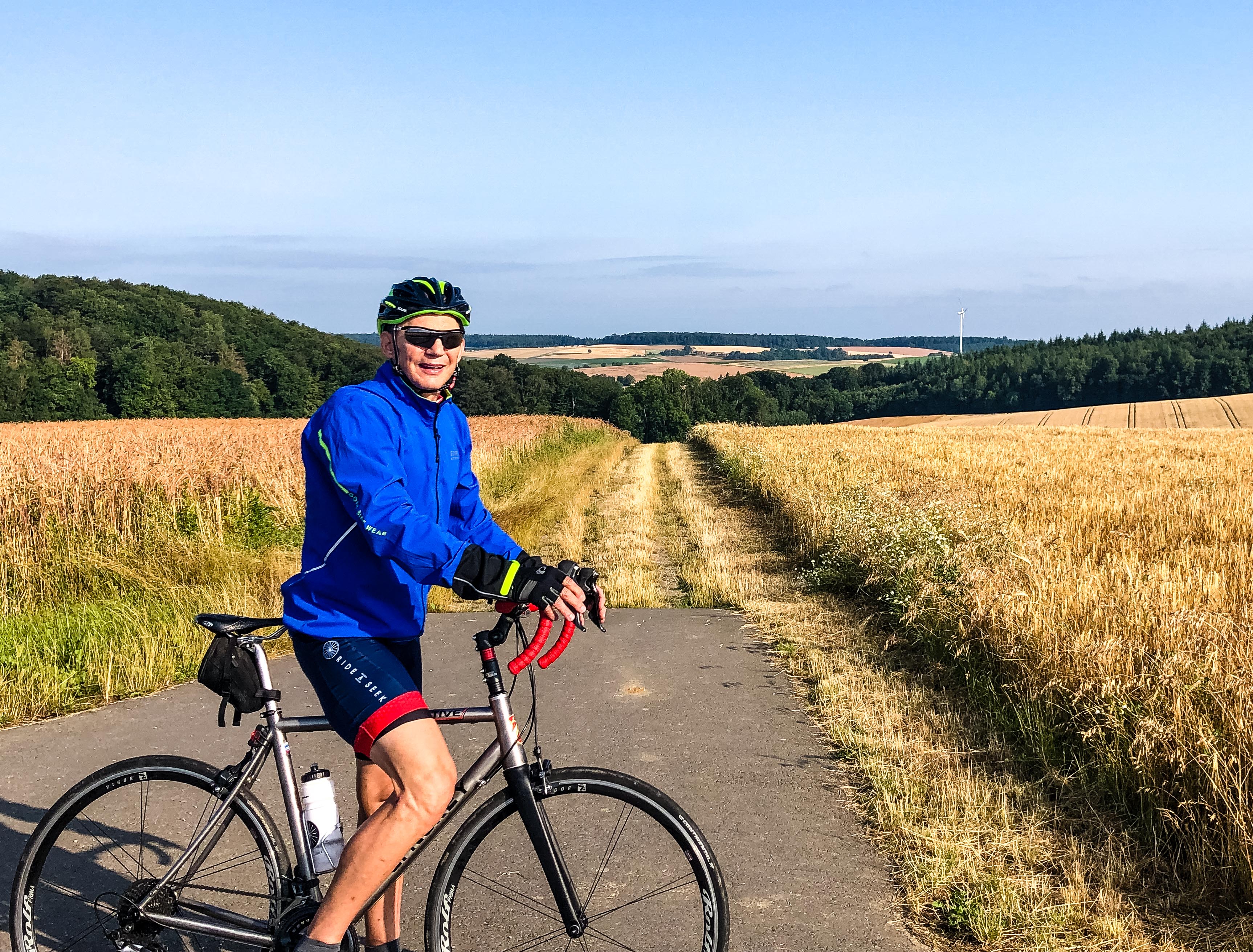
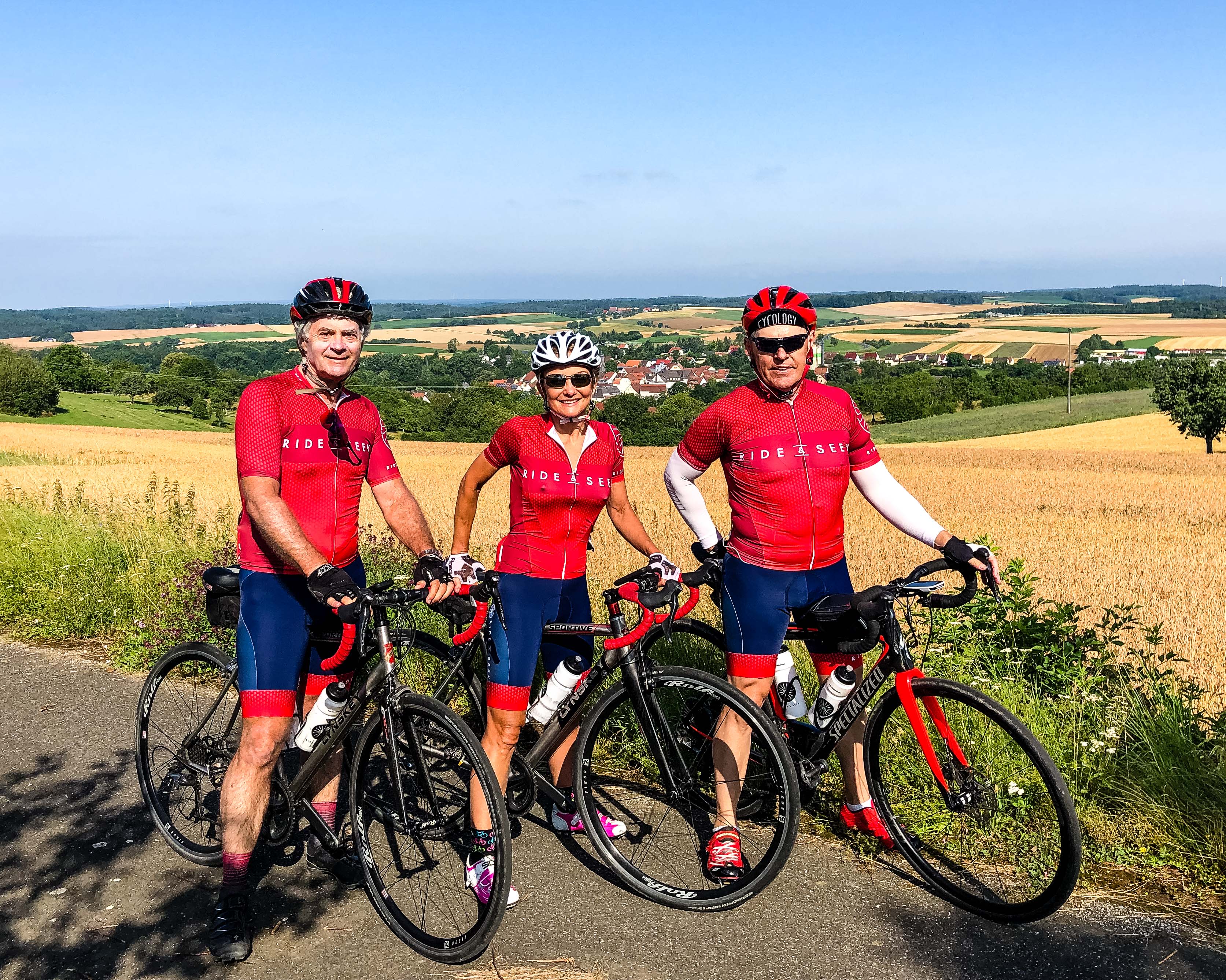
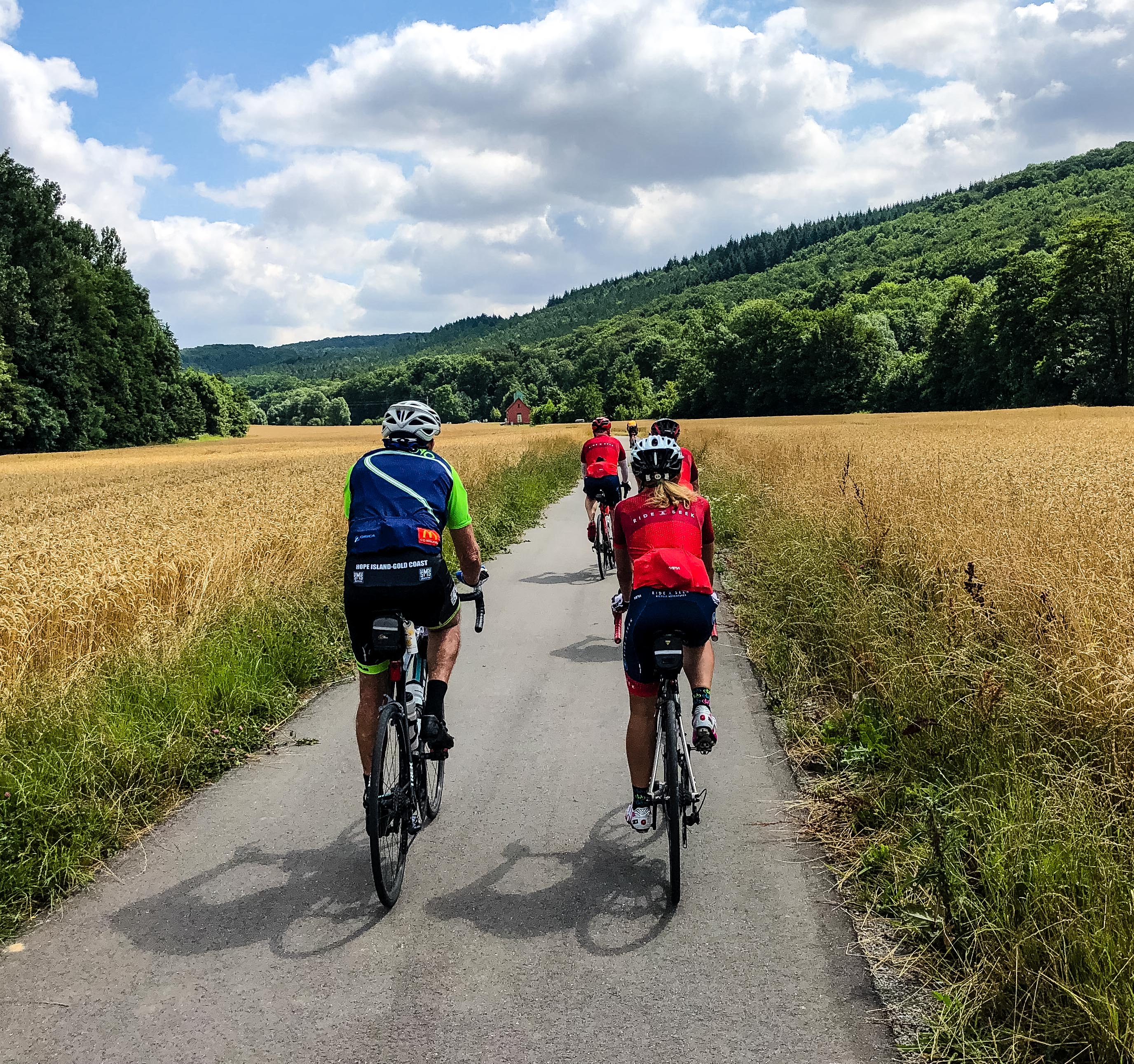
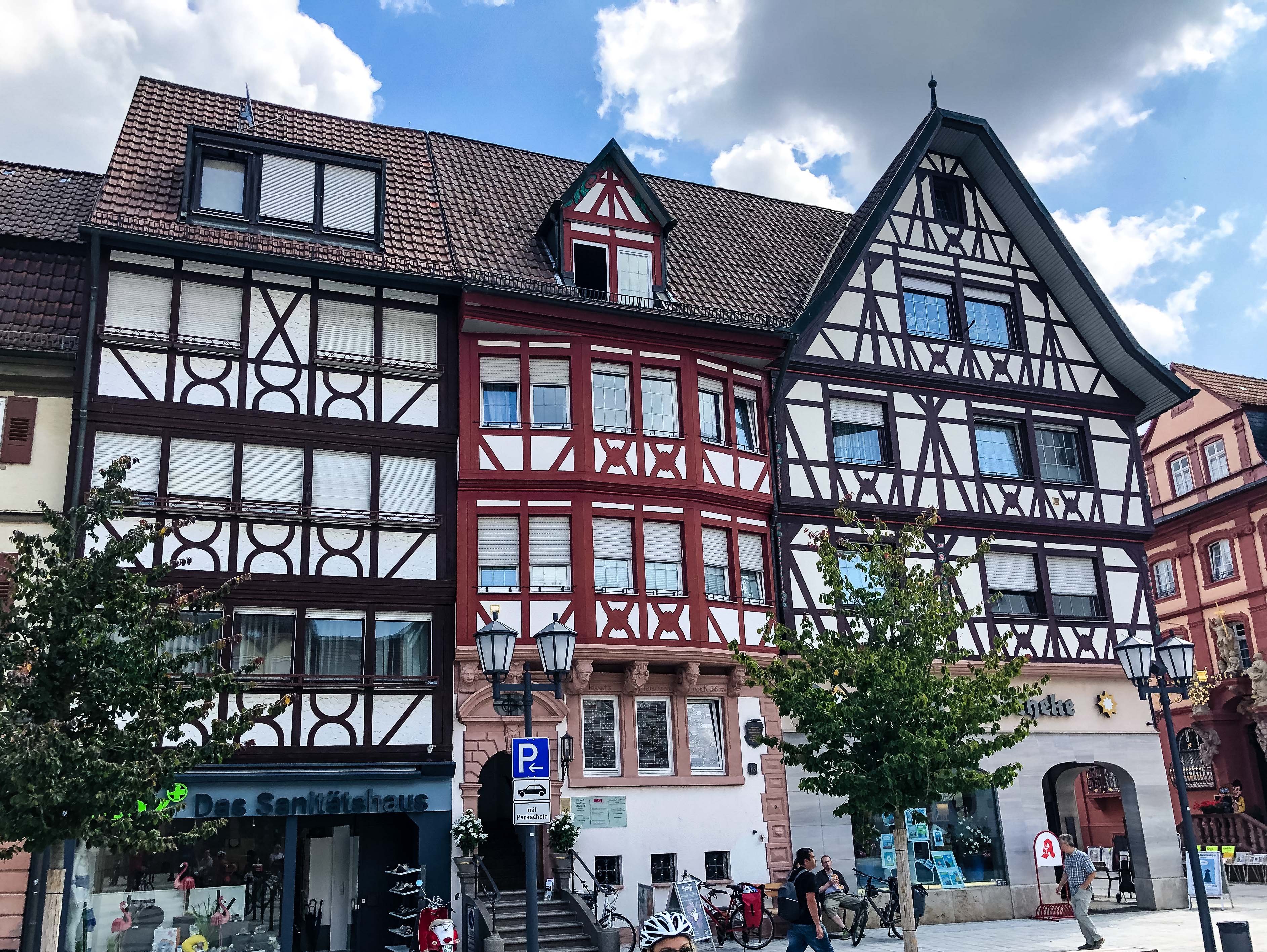
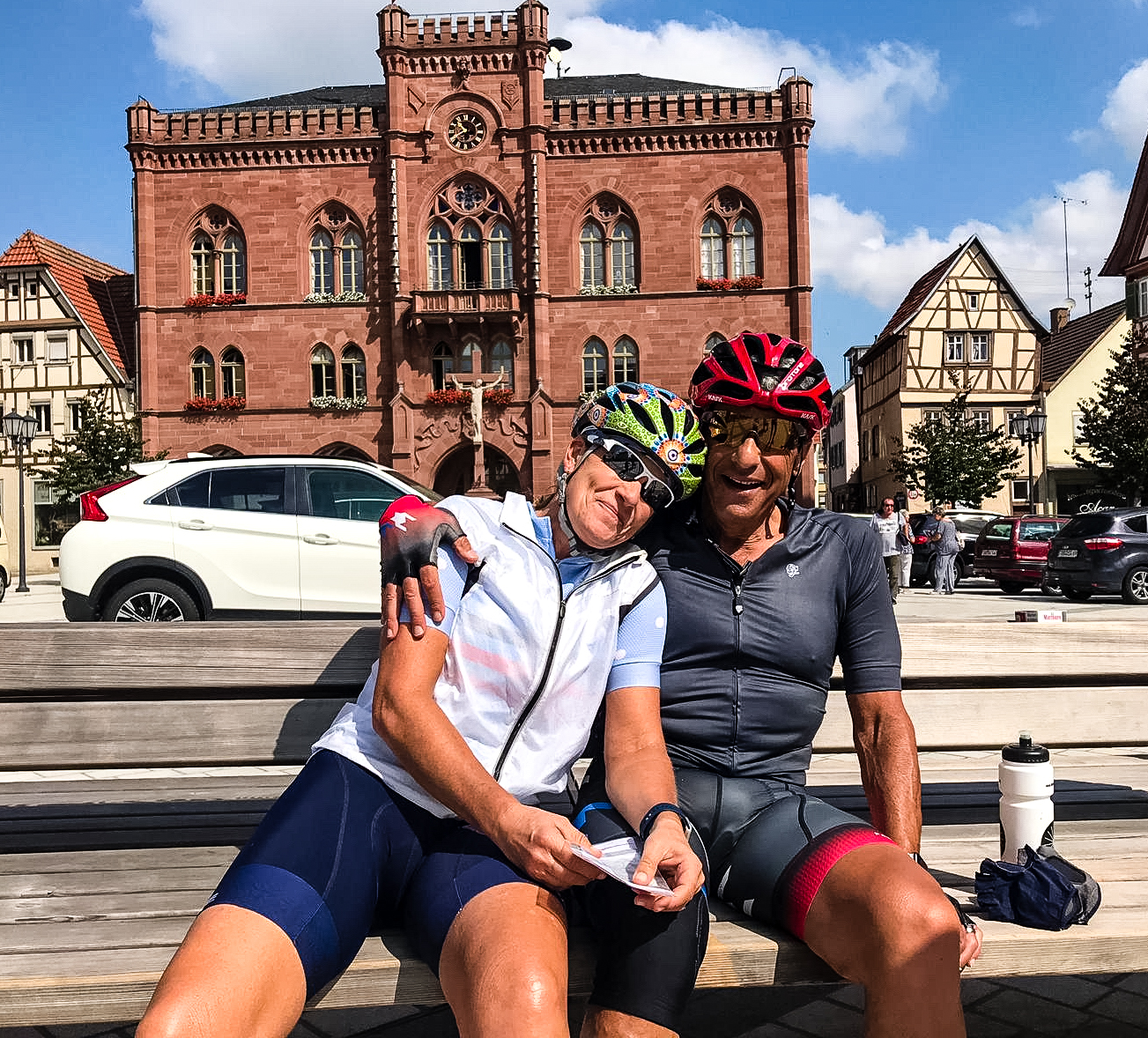
Part of the “A Team” on the tour, both have been cycle racers, and Don was a champion ski racer and coach.
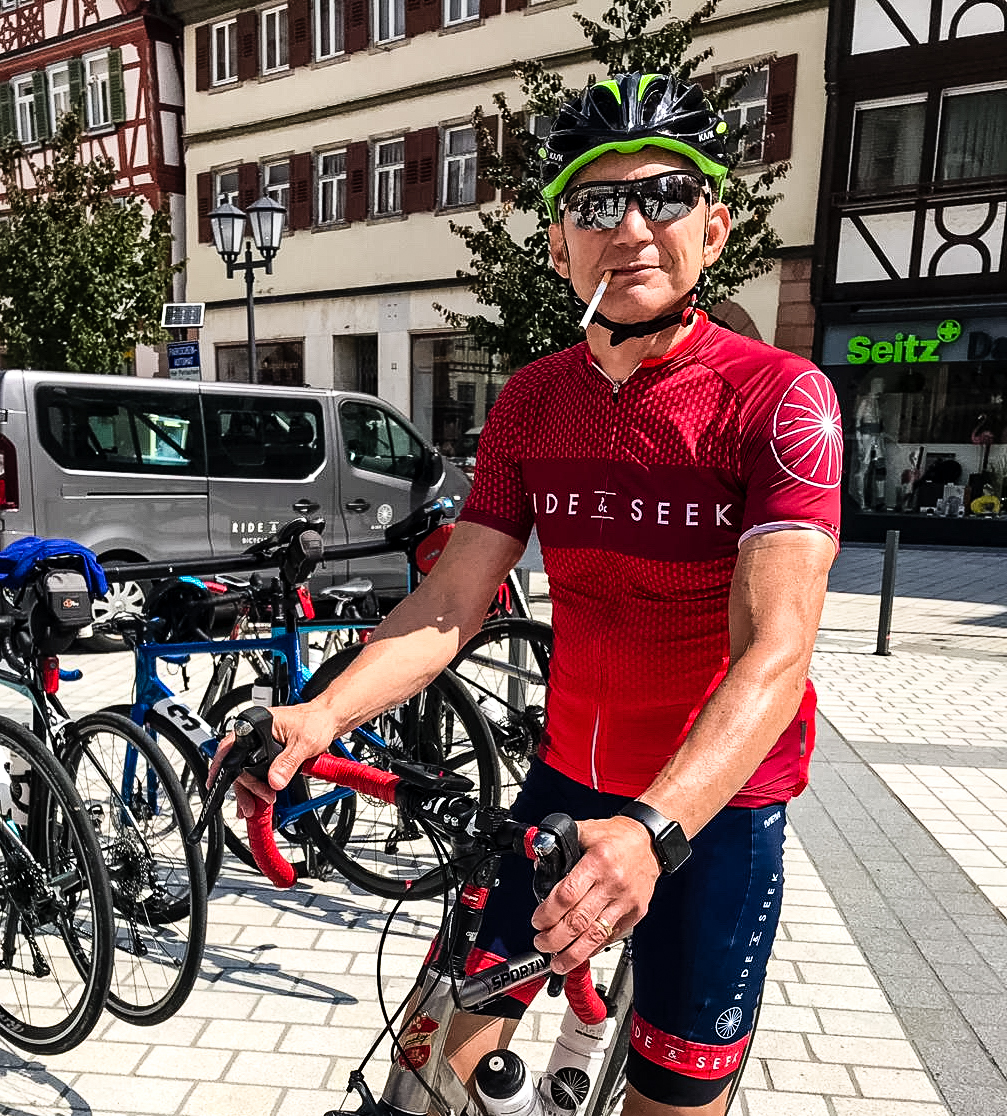
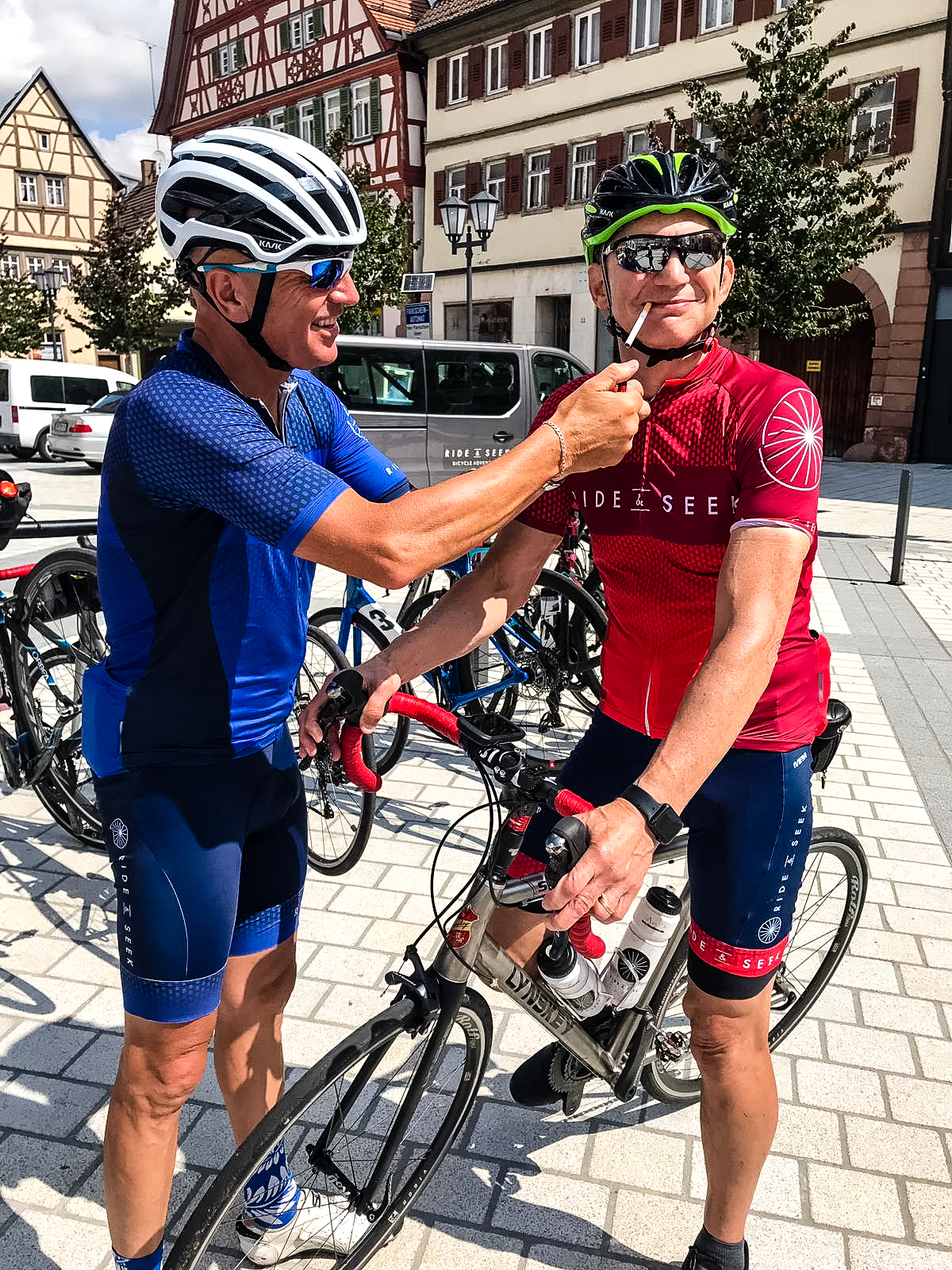
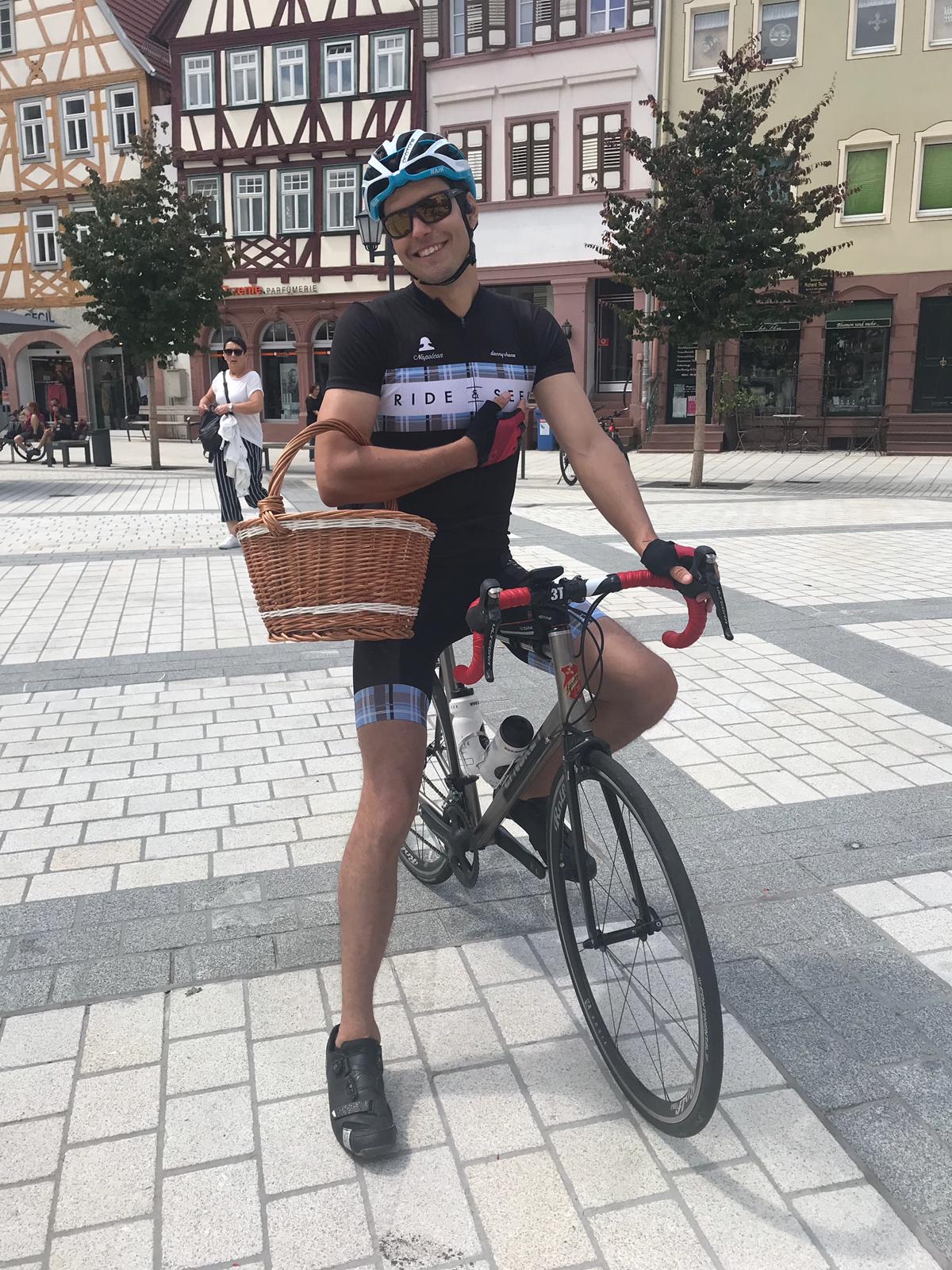
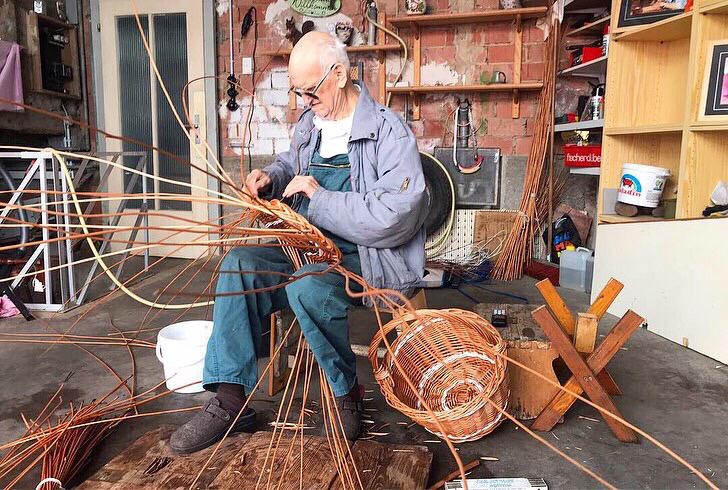
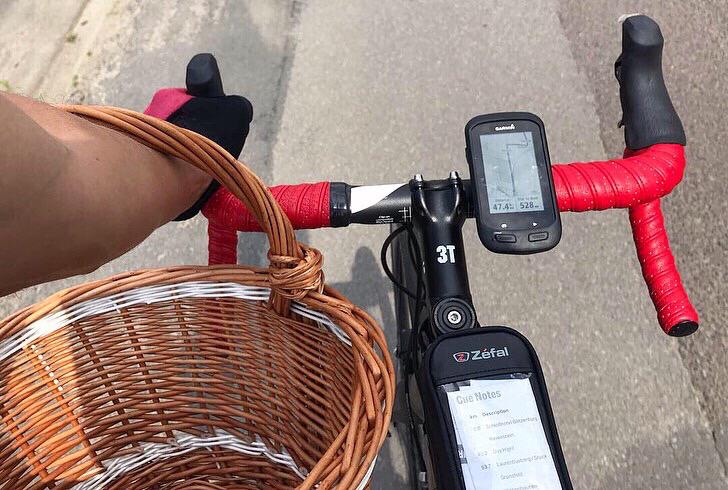
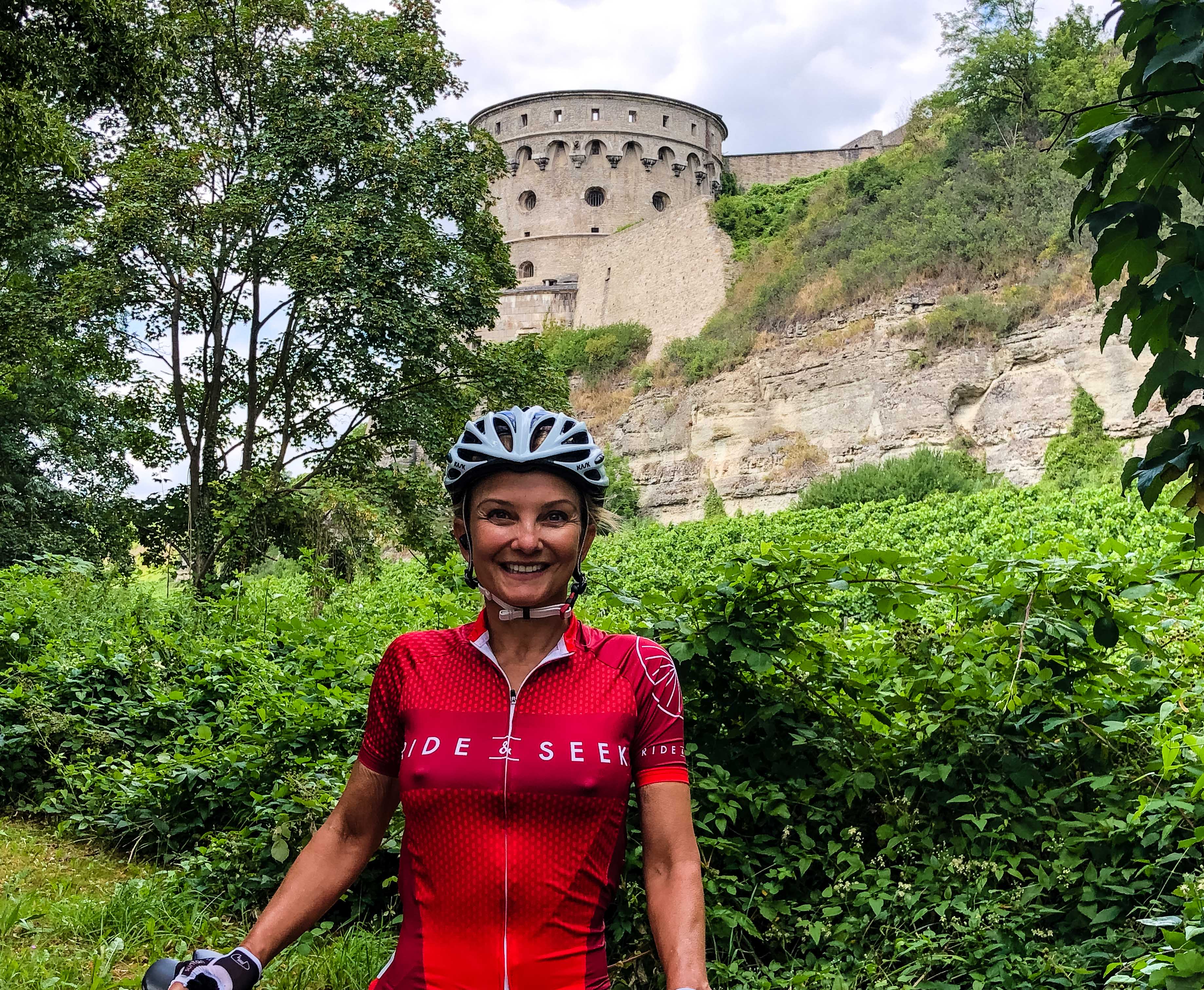
Today we cycled a mere 57 miles, our shortest day thus far and the second-shortest of this entire five week adventure. By comparison, our longest day will be nearly twice as far — the whopping 101-mile ride from Wiechlice to Poznań, Poland!
This “short” ride today allowed us to finish earlier than usual – in time for a late lunch in Würzburg-which enabled Mark and I to spend a few hours exploring Würzburg (full disclosure: Shauna opted out of some sightseeing to get a massage from the tour miracle-worker, “Colette of the Magic Fingers“!)
Würzburg, an Architect’s Dream
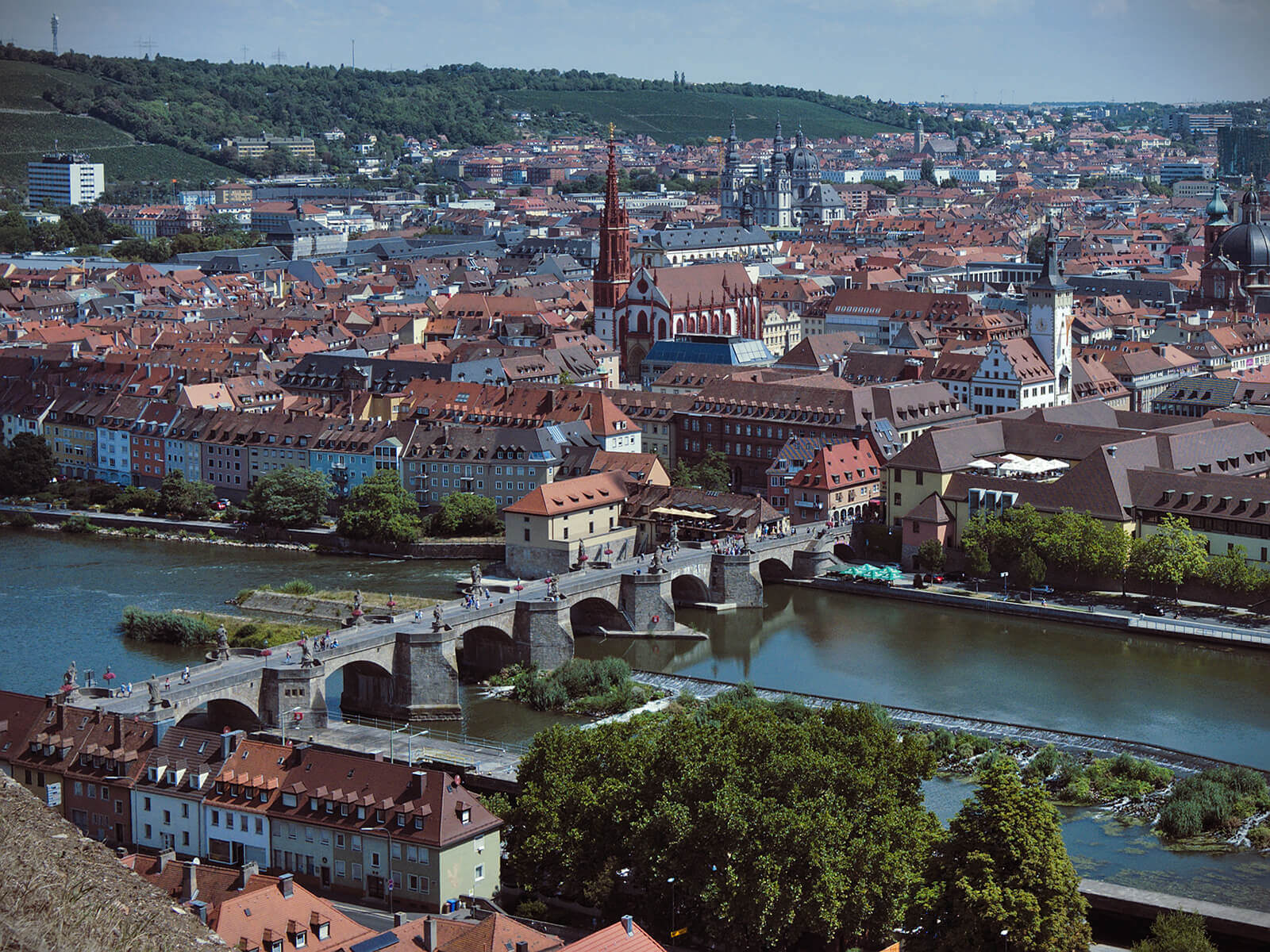
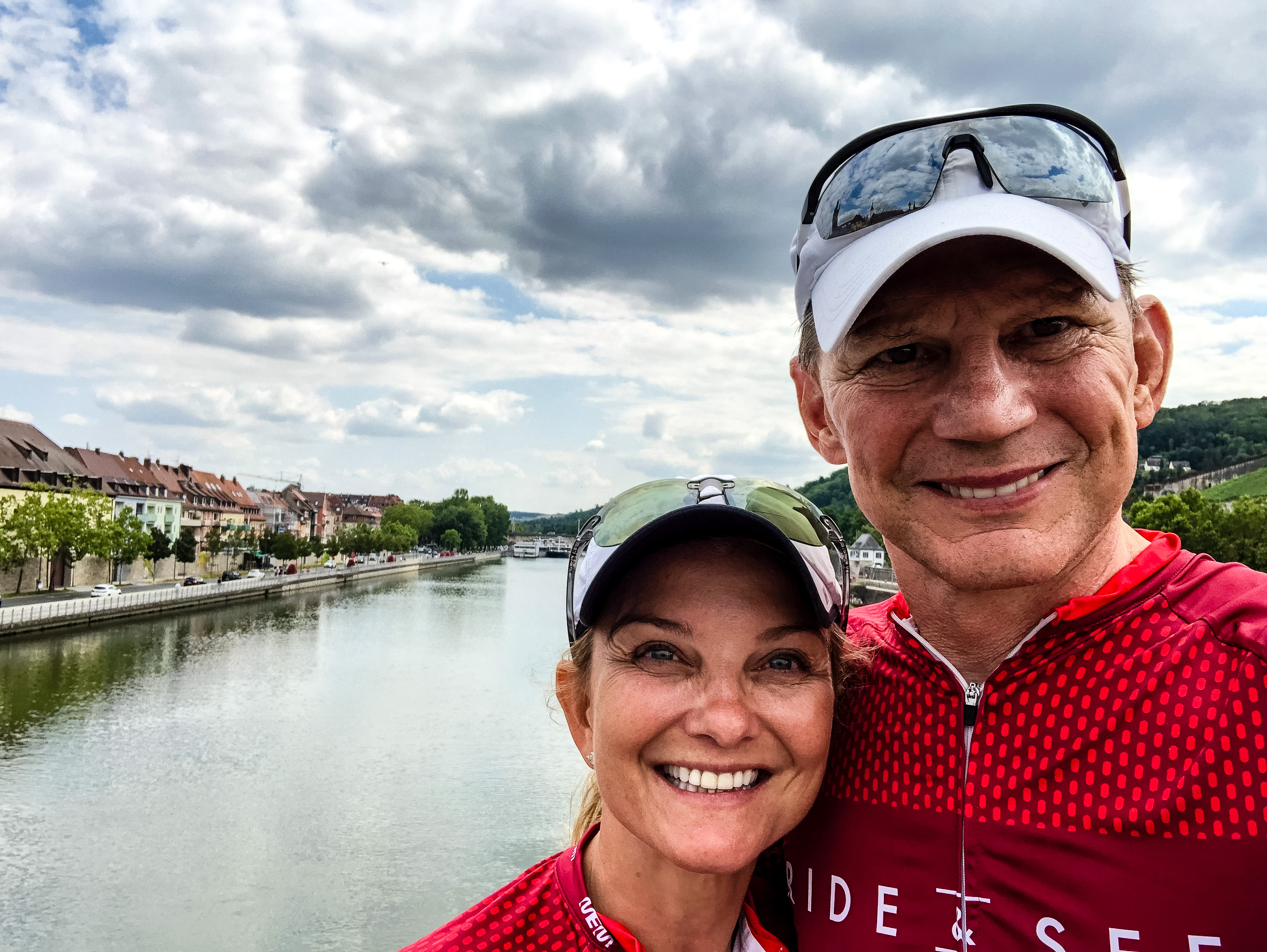

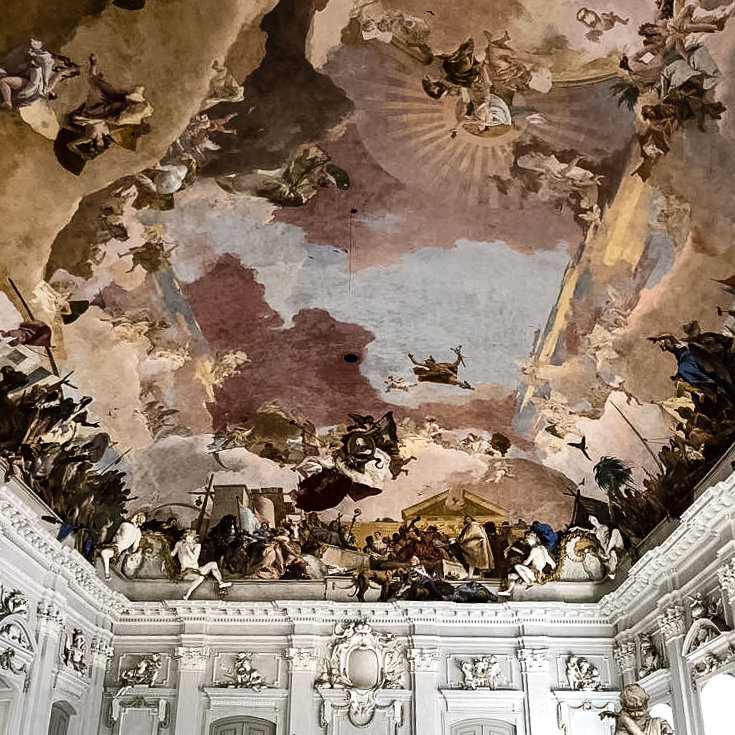
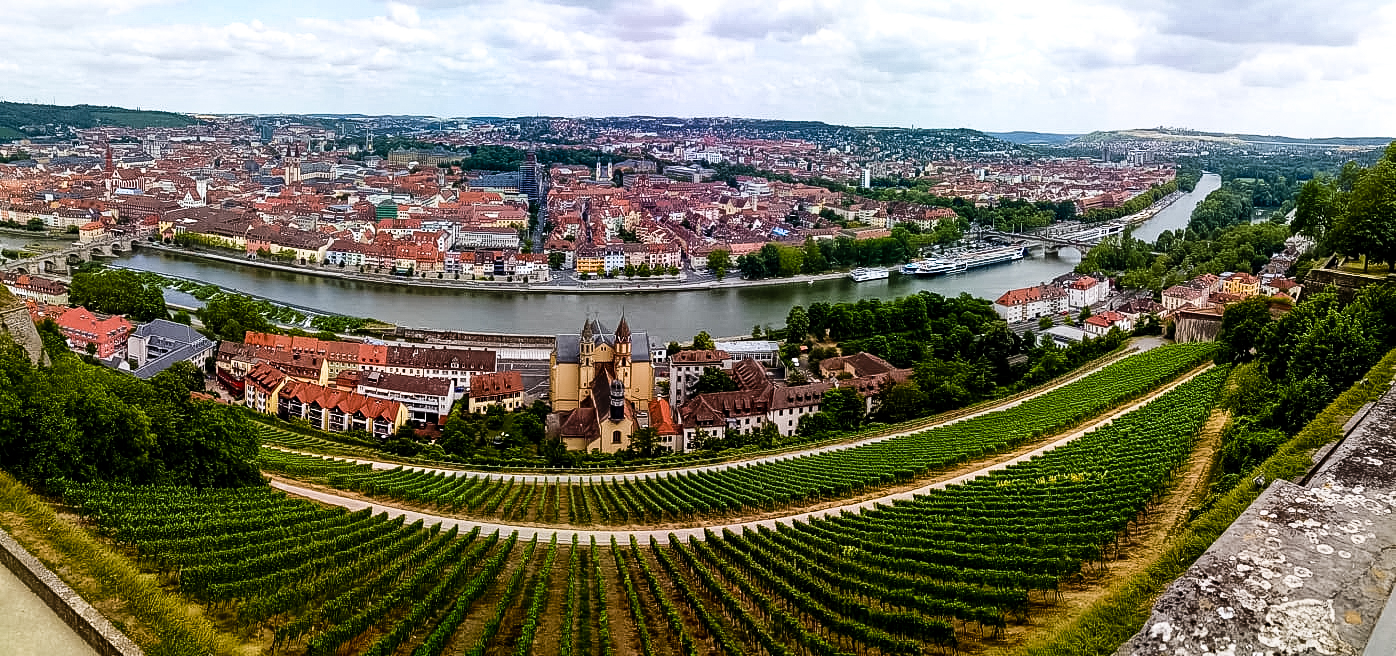
Completed in 1744 after 24 years of construction, Würzburg Residenz was dubbed the “largest parsonage in Europe” by Napoleon. Emperor Napoleon Bonaparte even slept in the Residenz when he stopped in Würzburg all three times between 1806 and 1813, one of these being on his way to Russia.
Unfortunately, we aren’t sleeping here. Even more unfortunately, Würzburg Residence was heavily damaged by Allied bombing during World War II. The restoration work took over 40 years to complete and cost €20 million! On a more positive note, however, in 1981 the Residenz became a UNESCO World Heritage Site.
Trivia Fact:
Home to numerous wine bars, cellars and wineries, Würzburg is the center of the Franconian wine country, with its distinctive bocksbeutel (bottles with flattened round shapes).
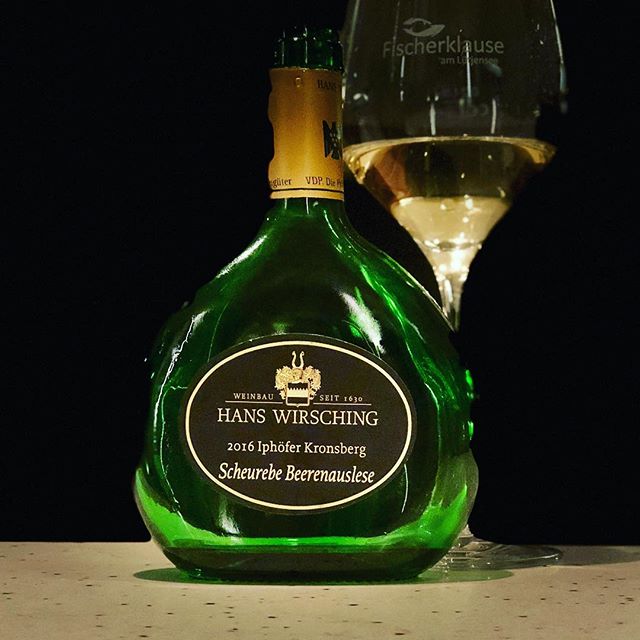
1. Originally “Bugsbeutel,” a field flask worn close to the body, or
2. “Bookesbeutel,” which were prayer and hymn books with bag-like covers, or our favorite,
3. Alluding to the shape of the testicles of a billy goat (“Bock” in German).
The earliest traces of the modern bocksbeutel have been found in the form of a Celtic round, flattish clay bottle dating from 1400 BCE which was discovered near here. A stone relief from 1576 on the exterior of a Würzburg hospital depicts a bottle resembling a bocksbeutel; by this time, the production of glass bottles had begun.
Today’s Route
Tomorrow we’ll be visiting another awe-inspiring UNESCO site — can you guess which one?

